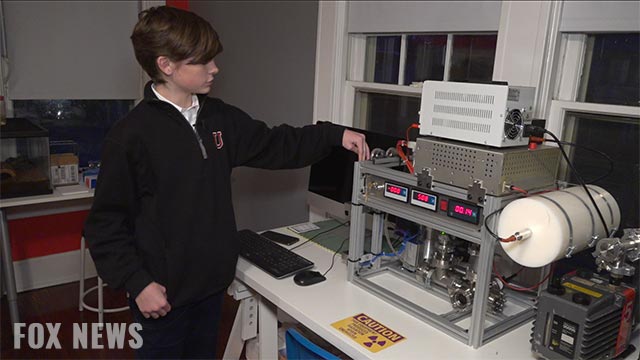
“In less than one decade, these perovskites underwent an outstanding development," remarked Dr. Michael Hetterich from Karlsruhe Institute of Technology (KIT). "Meanwhile, perovskite solar cells convert more than 20 percent of the incident light directly into usable current."
A German authority on solar cell technology, Dr. Hetterich heads a collaborative effort between KIT and the Center for Solar Energy and Hydrogen Research Baden-Württemberg (ZSW). These universities are two of the institutes which are investigating the potential of halide perovskites.
Perovskovites draw so much interest because they are just as effective when combined with other solar cell technology as they are on their own. For example, tandem photovoltaic cells feature an upper cell made from perovskite and a bottom cell that uses either silicon or copper-indium-gallium-diselenide (CIGS).
These tandem solar cells can draw power from a much larger part of the visible spectrum. (Related: Scientists have developed new semiconductors that are more environmentally friendly.)
German researchers uncover the secrets of perovskites
Perovskites do have drawbacks. They are not the most stable of materials over long periods of time, and their solar cells also use highly toxic lead.
Much of the ongoing research attempts to either increase their stability or find eco-friendly substitutes for lead. Either goal needs a better understanding of the structures and functions of perovskite layers.
To achieve this insight, the joint research team from KIT, ZSW, and Ludwig-Maximilians-Universität München (LMU) are looking into the functions of thin perovskite layers in tandem solar cells. Their research efforts are sponsored by the German federal government under the banner of the CISOVSKIT project.
The objective of CISOVSKIT is to come up with efficient solar cells using CIGS alloy and perovskites. The project got a boost when the KIT-ZSW-LMU research group announced their latest discovery about the way the physical properties of perovskites affect optical transitions.
An optical transition is a process when electrons in a material change their energy states, either by emitting electromagnetic radiation or absorbing it. In perovskites, the radiation in question comprised photons, the particles that comprise light.
KIT researcher Fabian Ruf studied one of the most commonly used halide perovskites, methyl ammonium lead iodide (MAPbI3), which is used as an absorber in hybrid solar cells. He says that the absorber's fundamental optical transition is excitonic in origin.
"Electron-holes" called excitons are responsible for high efficiency of perovskite solar cells
Excitons are pairs of bound electron-holes a.k.a. absence of electrons in a place where there could be electrons. These holes play a huge role in the optoelectronic properties of a material.
The binding energy of excitons must first be overcome. Only then can the electric current flow.
Ruf reports that these excitons could appear within a solar cell after it absorbs light. He used a special spectroscope to study solar cells with MAPbI3 absorbers, looking for excitonic transitions over temperatures ranging from -441 degrees Fahrenheit (-263 degrees Celsius) to room temperature.
In his research paper, Ruf reported that the structure of perovskite crystals changed alongside the temperature. Depending on the crystal structure, the exciton binding energy was either 26 or 19 millielectronvolts.
Professor Hetterich says this tiny binding energy allows an electric current to form at room temperature. Furthermore, the excitonic effects improve the absorption of light. Together, they ensure the high efficiency of perovskite solar cells.
You can read more about the rapid progress of perovskite solar cells and other technologies at Progress.news.
Sources include:
Please contact us for more information.























